Home>Furniture & Design>Bathroom Accessories>Why Is My Toilet Bowl Making Noise
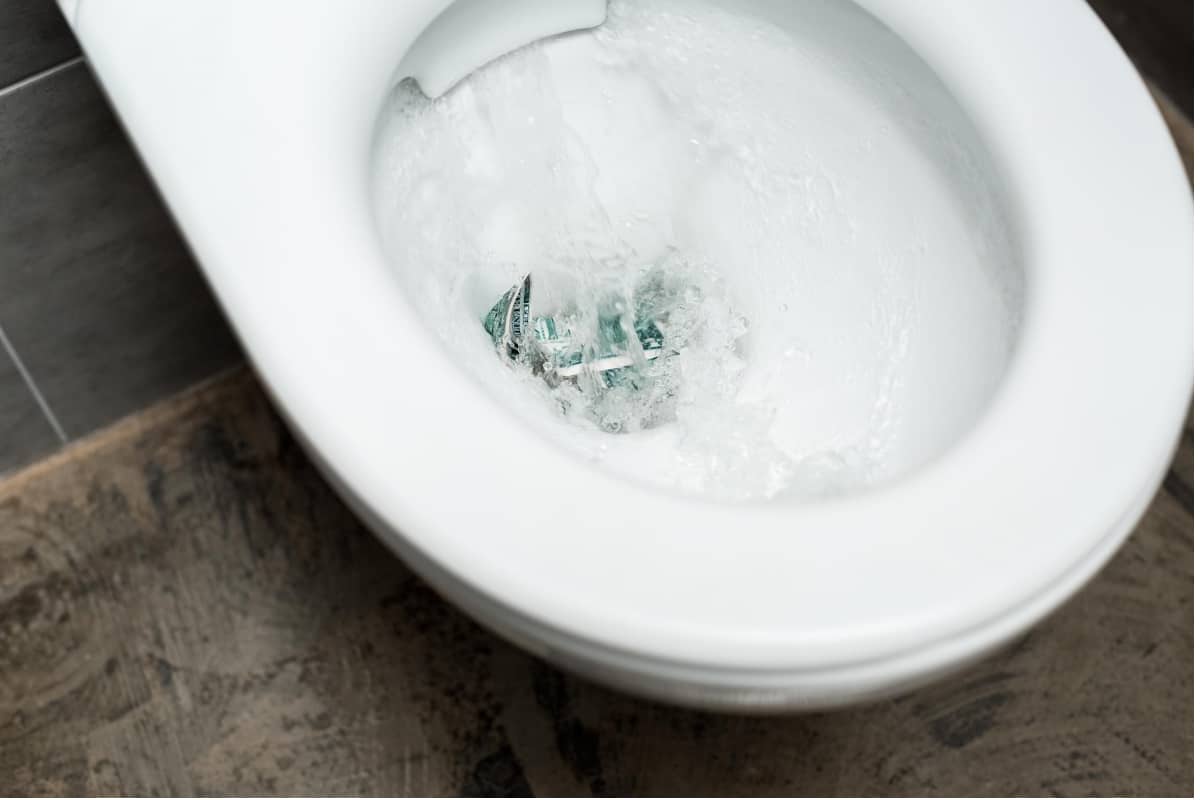

Bathroom Accessories
Why Is My Toilet Bowl Making Noise
Modified: August 24, 2024
Discover the reasons behind your noisy toilet bowl and find the right bathroom accessories to fix the issue. Learn how to silence the sounds in your bathroom today!
(Many of the links in this article redirect to a specific reviewed product. Your purchase of these products through affiliate links helps to generate commission for Storables.com, at no extra cost. Learn more)
Common Causes of Toilet Bowl Noise
A noisy toilet bowl can be a source of annoyance and frustration for many homeowners. Understanding the common causes of these disruptive sounds can help in identifying and addressing the issue effectively. Here are some of the typical reasons behind a noisy toilet bowl:
-
Running Water: One of the most prevalent causes of toilet bowl noise is the sound of running water. This may occur due to a faulty flapper or a worn-out fill valve. When the flapper doesn't seal properly after a flush, water continues to flow into the bowl, resulting in a continuous, subtle noise that can be quite bothersome.
-
Vibrations: Vibrations and rattling noises in the toilet bowl can be attributed to loose fittings or components. Over time, the bolts securing the toilet to the floor may become loose, causing the toilet to wobble slightly and produce unsettling sounds during use.
-
Water Hammer: A sudden banging or thudding noise in the pipes after flushing the toilet may indicate the presence of a water hammer. This occurs when the flow of water is abruptly halted, causing a shockwave that reverberates through the plumbing system and results in a noticeable noise.
-
Mineral Buildup: Mineral deposits and sediment accumulation in the toilet tank or bowl can lead to various types of noise. These deposits can interfere with the proper functioning of the fill valve, causing irregular water flow and resulting in gurgling or hissing sounds.
-
Faulty Components: A malfunctioning fill valve or ballcock can also contribute to noisy toilet bowl issues. If these components fail to operate as intended, they can produce a range of disruptive sounds, including whistling, screeching, or constant dripping.
Understanding these common causes of toilet bowl noise is the first step toward resolving the issue. By identifying the source of the noise, homeowners can take appropriate measures to address the underlying problems and restore peace and quiet to their bathrooms.
Key Takeaways:
- Noisy toilet bowls can be fixed by adjusting or replacing components like the flapper and fill valve. Homeowners can also tighten loose fittings and clean the tank to restore peace and quiet to their bathrooms.
- If DIY efforts don’t solve the problem, it’s best to call a professional plumber for persistent noise, water leakage, complex component replacements, unfamiliar plumbing systems, plumbing code compliance, chronic water hammer, and preventive maintenance.
Read more: Why Does My Toilet Make Noise
How to Identify the Source of the Noise
Identifying the source of the noise emanating from a toilet bowl can be a crucial step in resolving the issue effectively. By carefully observing the nature and timing of the sounds, homeowners can pinpoint the underlying cause and take appropriate measures to address it. Here are some key steps to help identify the source of the noise:
-
Observation of Noise Patterns: Pay close attention to the specific patterns and characteristics of the noises emitted by the toilet bowl. Note whether the sounds occur during flushing, after flushing, or at random intervals. Additionally, observe the duration and frequency of the noises to gain insights into their potential origins.
-
Visual Inspection: Conduct a visual inspection of the toilet bowl, tank, and surrounding components. Look for any signs of water leakage, cracks, or visible damage. Check the condition of the flapper, fill valve, and flush handle to identify any obvious issues that may be contributing to the noise.
-
Listening for Specific Sounds: Different types of noises can indicate distinct underlying problems. Listen for running water, hissing, gurgling, banging, or rattling sounds. Each type of noise may point to a specific issue, such as a faulty flapper, mineral buildup, loose fittings, or water hammer.
-
Checking Water Flow: Observe the water flow during and after flushing the toilet. Note whether the water fills the bowl properly and whether there are any irregularities in the flow. Inconsistent or turbulent water flow can be indicative of underlying issues within the tank or plumbing system.
-
Testing Components: Test the functionality of key components such as the flapper, fill valve, and ballcock. Manually operate these components to check for proper sealing, smooth operation, and any signs of wear or damage. Additionally, inspect the toilet's mounting bolts to ensure they are secure and free from corrosion.
-
Monitoring Water Levels: Keep an eye on the water levels in the toilet tank and bowl. Fluctuating water levels or persistent water leakage can be indicative of internal leaks or faulty components, which may contribute to the noise issue.
By following these steps and actively engaging in the process of identifying the source of the noise, homeowners can gain valuable insights into the underlying causes of the problem. This observational approach can facilitate the subsequent steps in addressing the issue and restoring the tranquility of the bathroom environment.
If your toilet bowl is making noise, it could be due to a faulty fill valve or a loose flush valve. Try adjusting or replacing these parts to fix the issue.
Steps to Fix a Noisy Toilet Bowl
Resolving a noisy toilet bowl issue involves a systematic approach to address the underlying causes and restore the tranquility of the bathroom environment. By following a series of targeted steps, homeowners can effectively mitigate the disruptive sounds and ensure the proper functioning of their toilet. Here are the essential steps to fix a noisy toilet bowl:
-
Inspect and Adjust the Flapper: Begin by inspecting the flapper, which is responsible for controlling the flow of water from the tank to the bowl. If the flapper is worn out or damaged, it may not seal properly after flushing, leading to continuous water flow and noise. Adjust or replace the flapper as needed to ensure a tight seal and eliminate running water sounds.
-
Check the Fill Valve: Examine the fill valve for any signs of wear, mineral buildup, or malfunctions. A faulty fill valve can result in irregular water flow and disruptive noises. Clean the fill valve to remove any mineral deposits and ensure smooth operation. If necessary, consider replacing the fill valve with a new, compatible unit to restore proper functionality.
-
Tighten Loose Fittings: Inspect the toilet's mounting bolts and other fittings to identify any looseness or instability. Use a wrench or appropriate tools to tighten the bolts securely, ensuring that the toilet is firmly anchored to the floor. This can help eliminate vibrations and rattling noises caused by loose components.
-
Address Water Hammer: If water hammer is identified as the source of noise, consider installing a water hammer arrestor to mitigate the impact of sudden water flow disruptions. These devices absorb the shockwaves and prevent them from reverberating through the plumbing system, effectively reducing the associated banging or thudding noises.
-
Clean the Tank and Bowl: Remove mineral buildup and sediment from the toilet tank and bowl by using a suitable cleaning solution and a toilet brush. Pay particular attention to areas around the flush valve, fill valve, and internal components where deposits may accumulate. This can help restore proper water flow and eliminate gurgling or hissing noises.
-
Replace Faulty Components: If after inspection, any components such as the fill valve, ballcock, or flapper are found to be irreparably damaged or malfunctioning, consider replacing them with high-quality, compatible parts. This ensures the optimal performance of the toilet and minimizes the chances of recurring noise issues.
-
Adjust Water Level: Check and adjust the water level in the toilet tank to the recommended level as per the manufacturer's guidelines. An incorrect water level can lead to various noise-related problems. By maintaining the appropriate water level, homeowners can promote efficient flushing and minimize disruptive sounds.
By diligently following these steps, homeowners can effectively address the underlying causes of a noisy toilet bowl and restore a peaceful and functional bathroom environment. However, if the issue persists or if homeowners are unsure about performing the necessary repairs, it is advisable to seek professional assistance from a qualified plumber to ensure comprehensive resolution of the problem.
When to Call a Professional Plumber
While many toilet bowl noise issues can be resolved through DIY efforts, there are certain circumstances that warrant the expertise of a professional plumber. Recognizing the signs that indicate the need for professional intervention can help homeowners avoid potential complications and ensure the effective resolution of complex plumbing issues. Here are the situations in which calling a professional plumber is highly recommended:
-
Persistent Noise Despite DIY Efforts: If homeowners have attempted to address the noisy toilet bowl issue using various DIY methods, such as adjusting components, cleaning, or replacing parts, and the problem persists, it may indicate underlying complexities that require professional assessment and intervention.
-
Water Leakage and Structural Damage: The presence of water leakage around the base of the toilet, in the surrounding flooring, or within the walls can signify serious plumbing issues. Additionally, visible structural damage, such as cracks in the toilet or flooring, may indicate underlying problems that necessitate the expertise of a professional plumber.
-
Complex Component Replacement: When the inspection reveals the need for extensive component replacements, such as the fill valve, ballcock, or intricate internal mechanisms, homeowners may benefit from the precision and expertise of a professional plumber. Proper installation and calibration of these components are crucial for long-term functionality and noise-free operation.
-
Unfamiliar Plumbing Systems: For homeowners with limited knowledge of plumbing systems or those encountering unfamiliar or complex toilet designs, seeking professional assistance is advisable. Professional plumbers possess the expertise to navigate diverse plumbing configurations and identify and address issues effectively.
-
Plumbing Code Compliance: When dealing with toilet-related issues that may impact plumbing code compliance, such as water pressure regulation, backflow prevention, or drainage requirements, consulting a professional plumber ensures adherence to regulatory standards and mitigates potential legal or safety concerns.
-
Chronic Water Hammer: Persistent and pronounced water hammer issues, characterized by loud and disruptive banging noises in the plumbing system, may require the installation of specialized water hammer arrestors or the assessment of broader plumbing infrastructure, tasks best handled by experienced plumbers.
-
Preventive Maintenance and Inspection: Engaging a professional plumber for periodic preventive maintenance and comprehensive plumbing system inspections can help identify potential issues before they escalate into significant problems. This proactive approach can contribute to the long-term functionality and reliability of the toilet and plumbing system.
In these scenarios, enlisting the services of a professional plumber can provide homeowners with the assurance of thorough assessment, precise diagnosis, and expert resolution of complex toilet bowl noise issues. By leveraging the specialized skills and knowledge of experienced plumbers, homeowners can safeguard the integrity of their plumbing systems and enjoy a peaceful and trouble-free bathroom environment.
Frequently Asked Questions about Why Is My Toilet Bowl Making Noise
Was this page helpful?
At Storables.com, we guarantee accurate and reliable information. Our content, validated by Expert Board Contributors, is crafted following stringent Editorial Policies. We're committed to providing you with well-researched, expert-backed insights for all your informational needs.
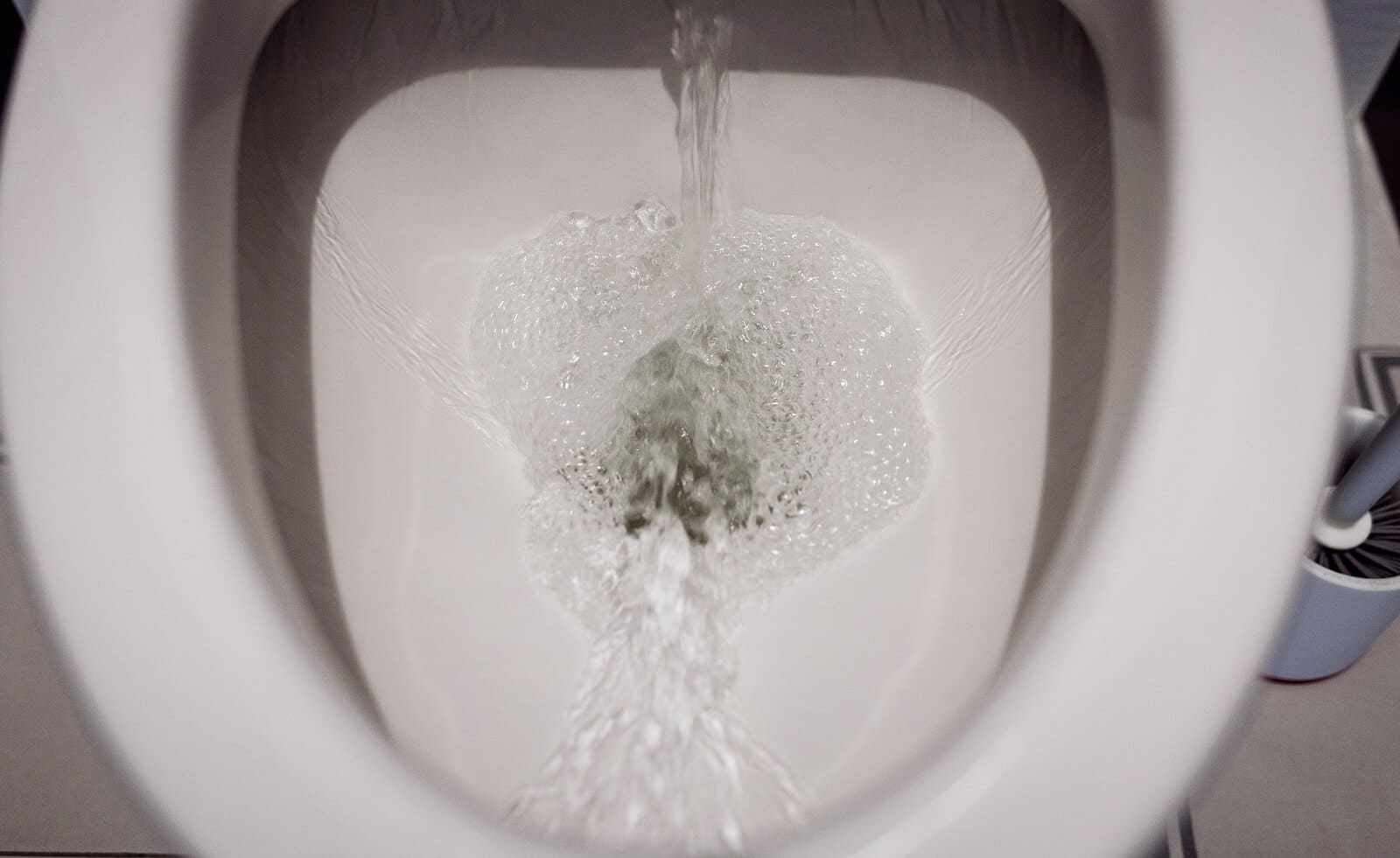
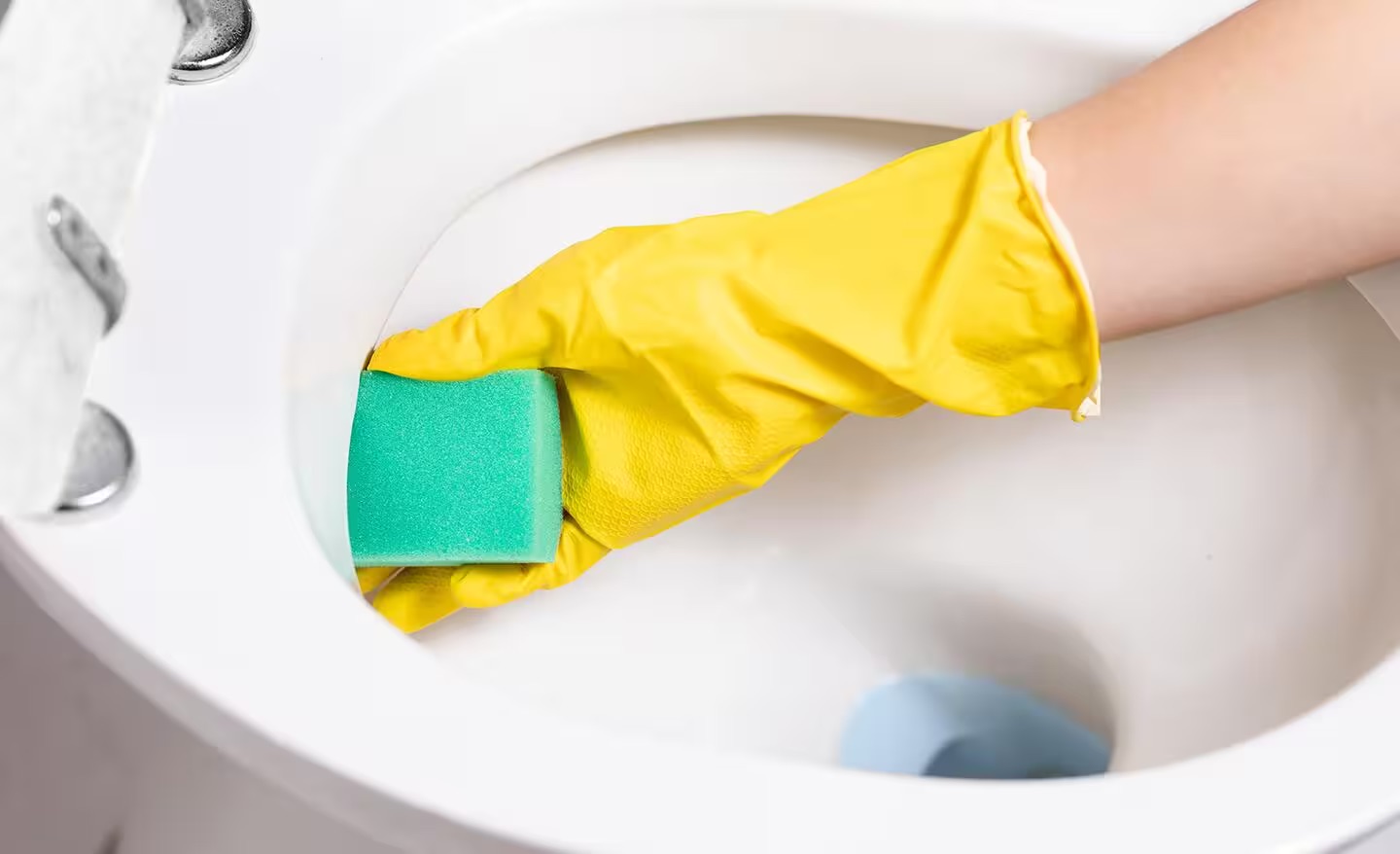
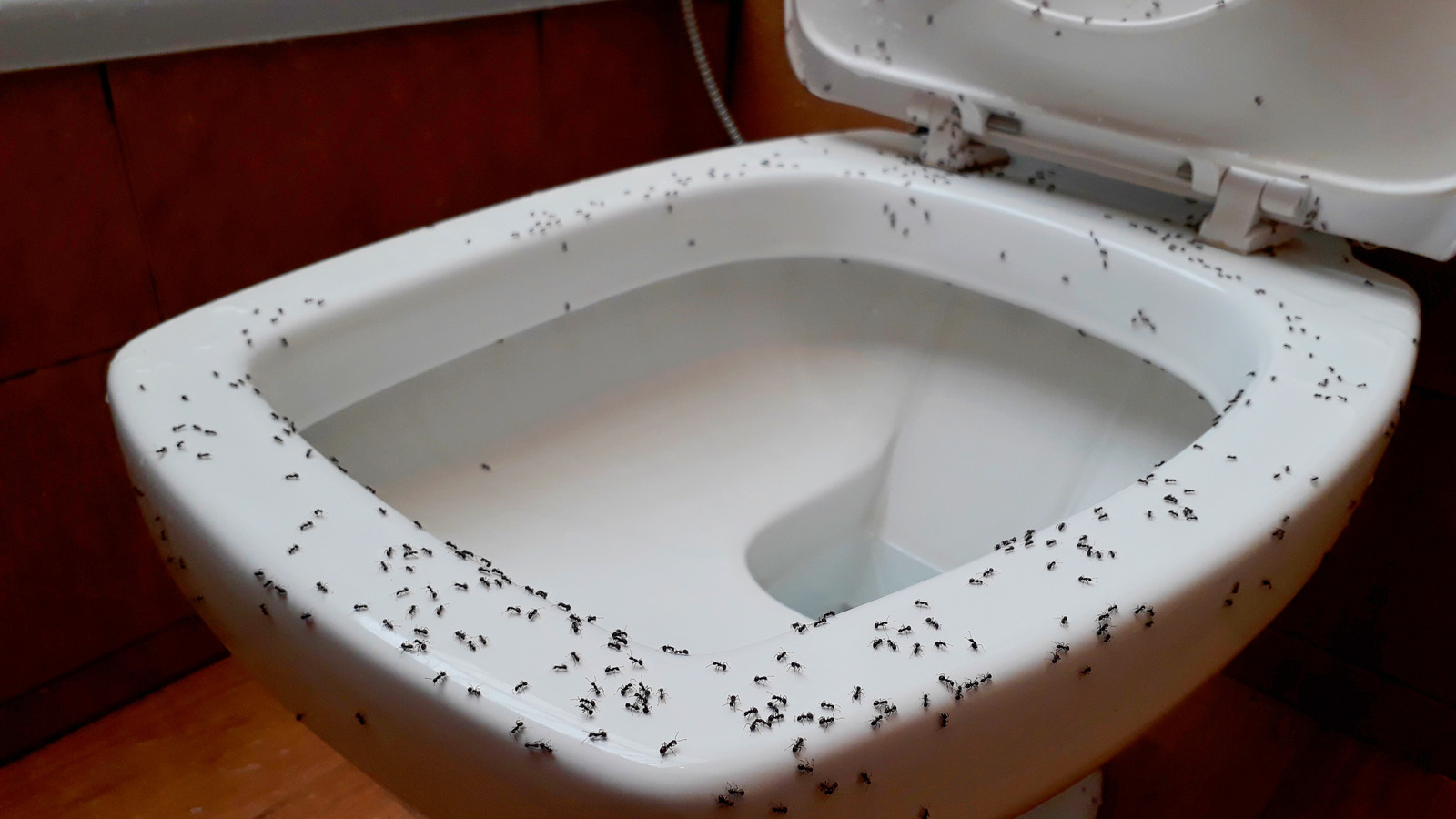
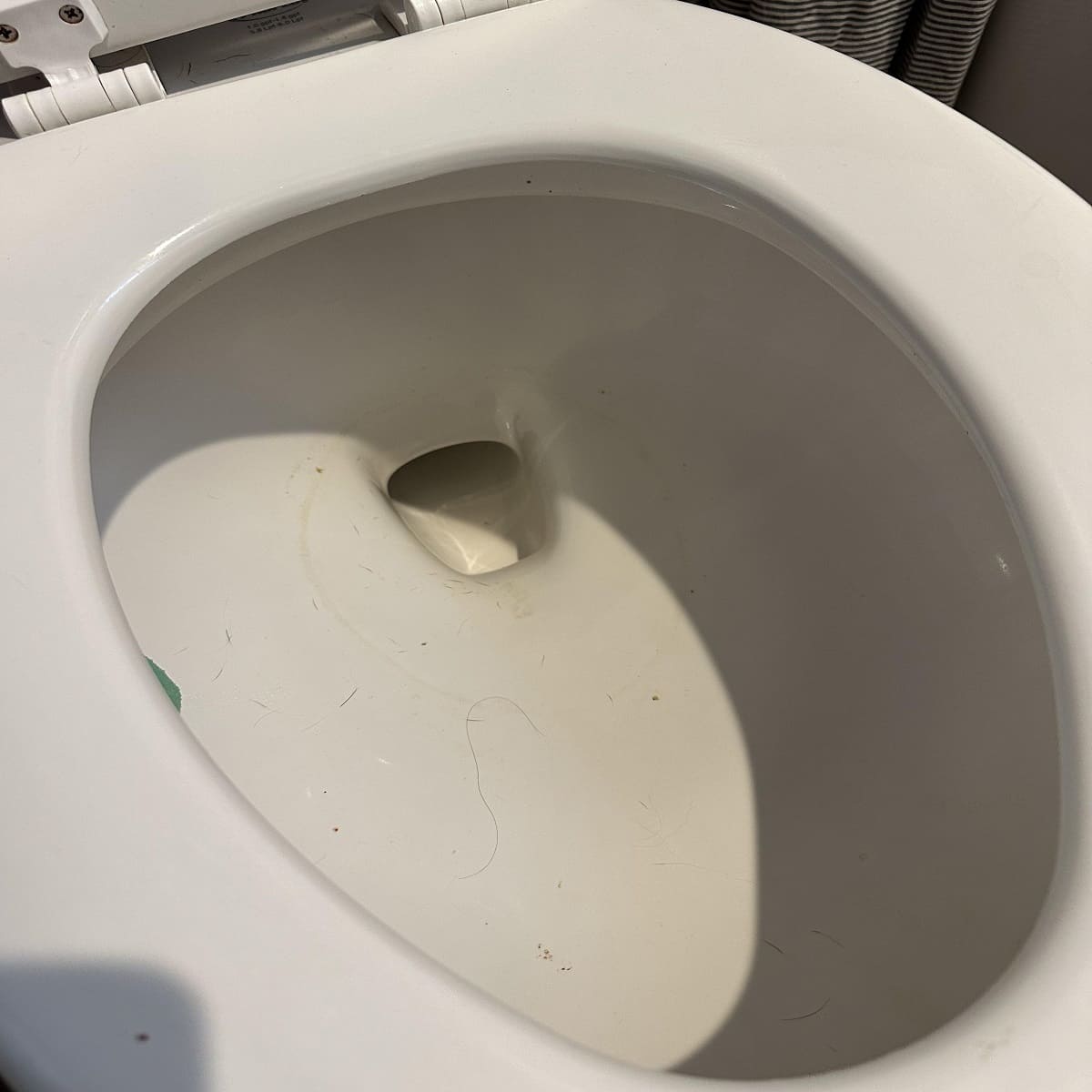
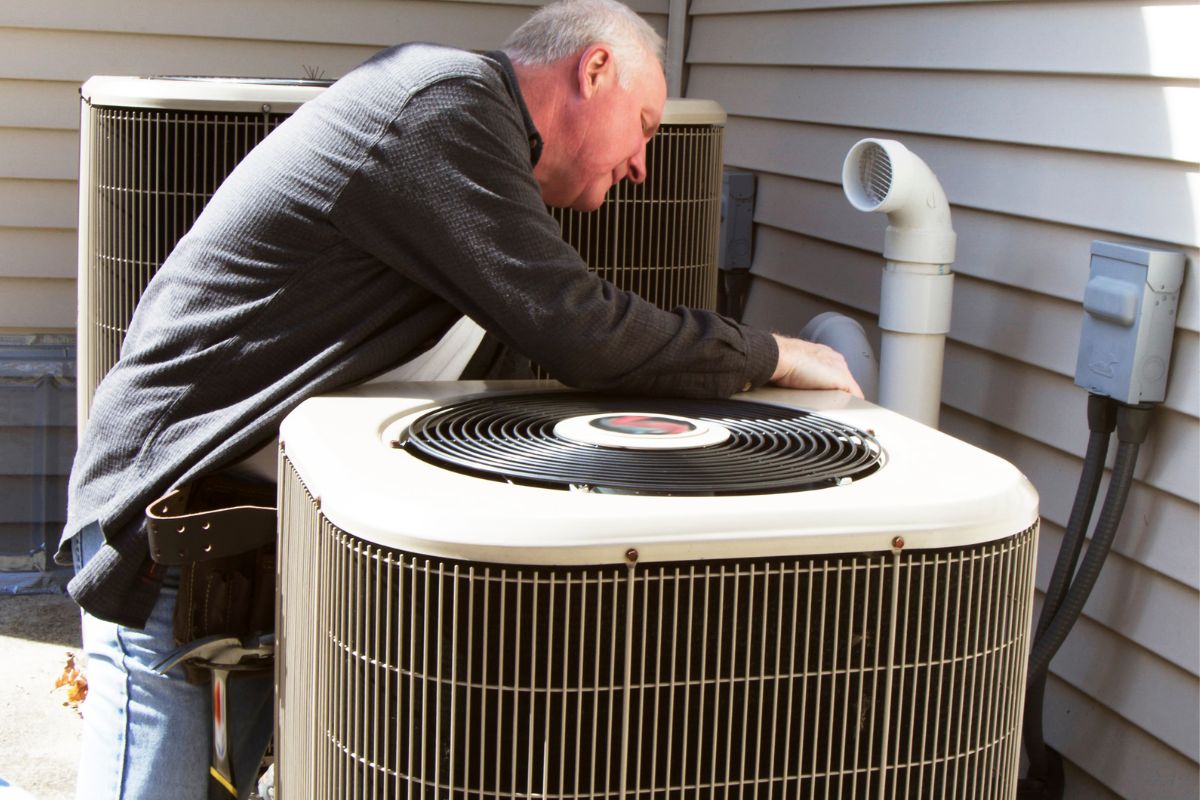

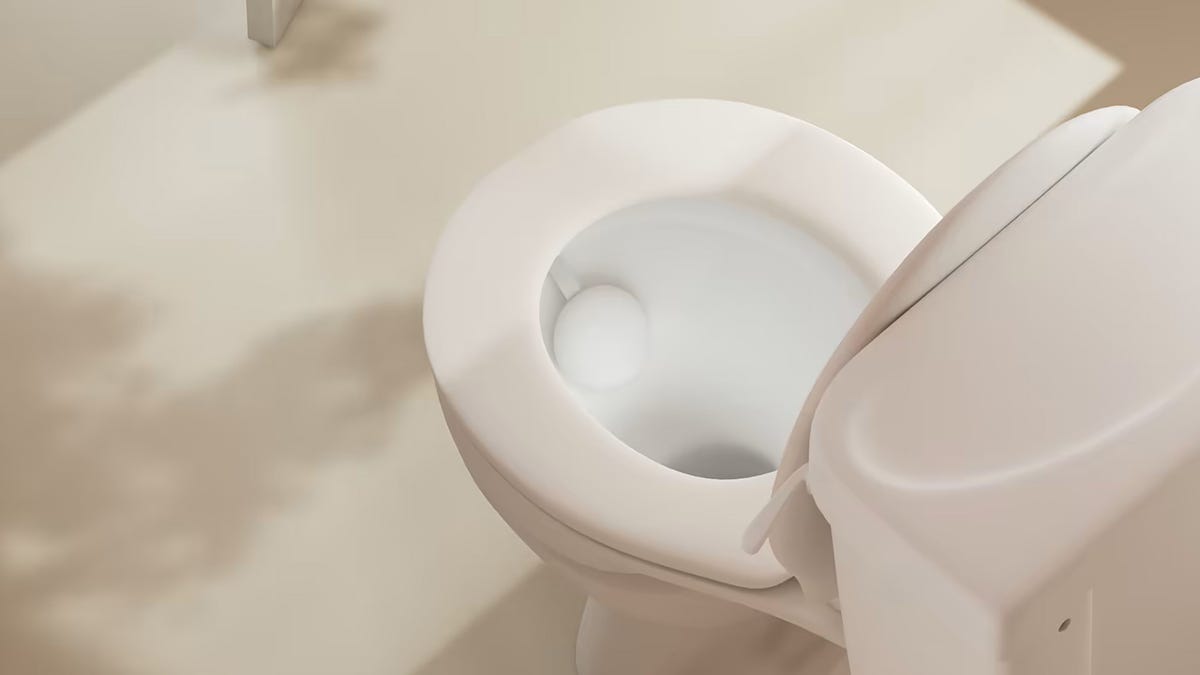
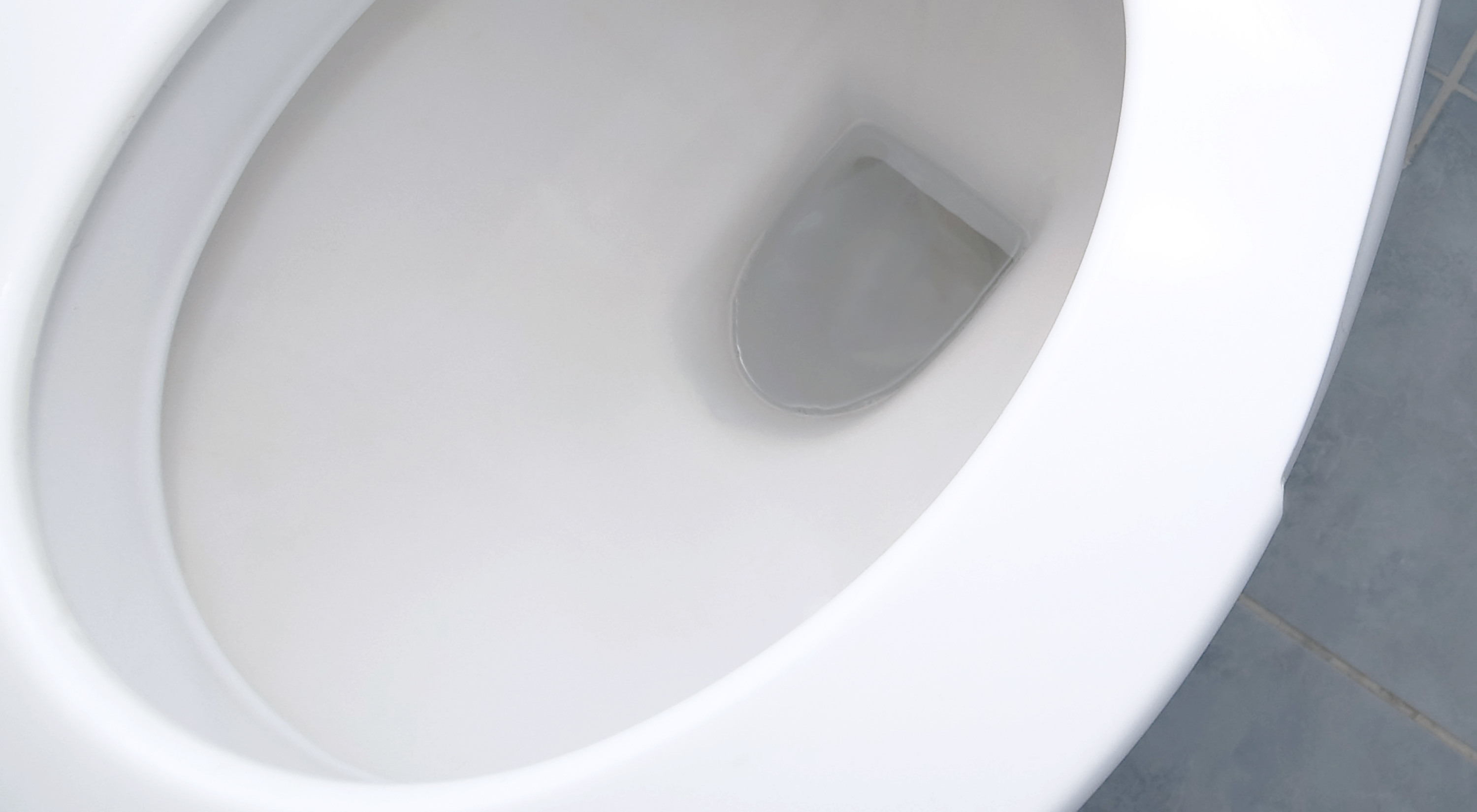
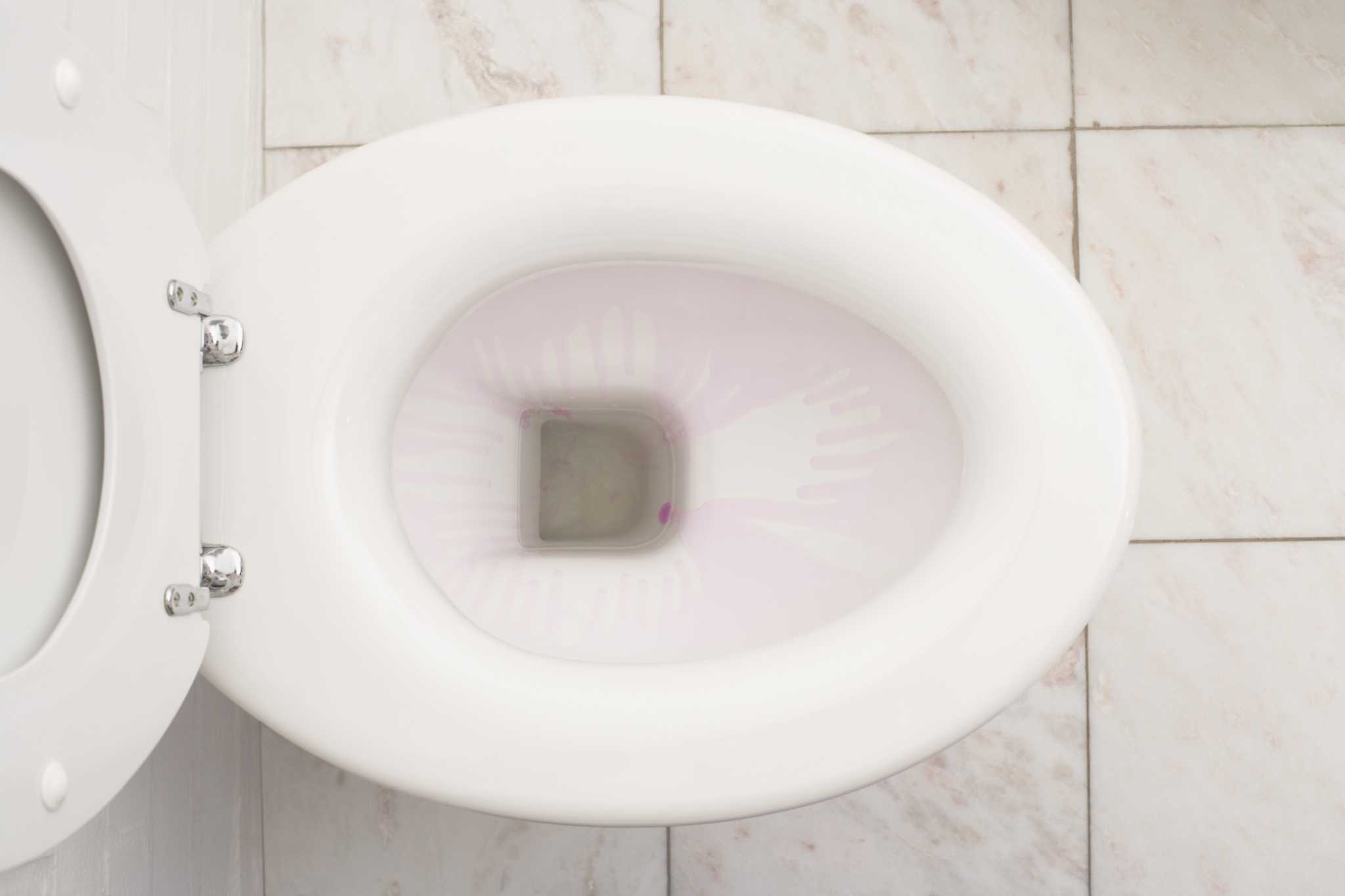

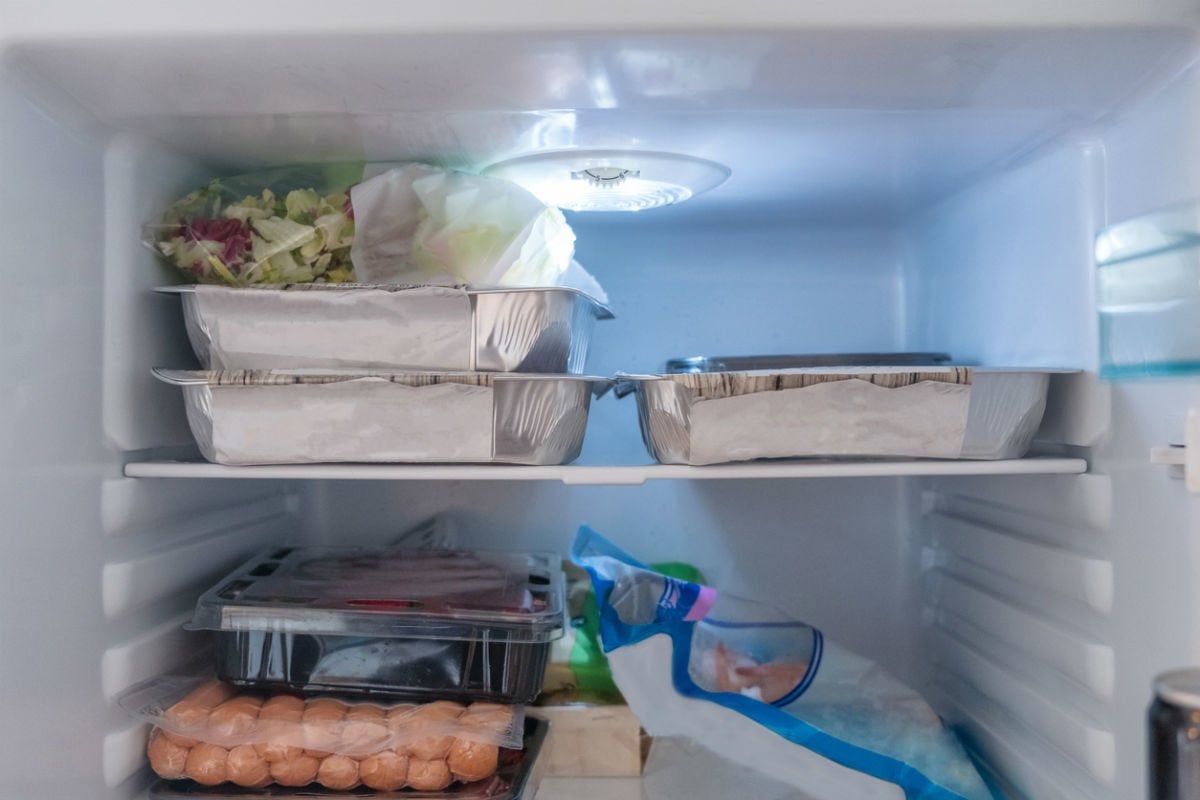
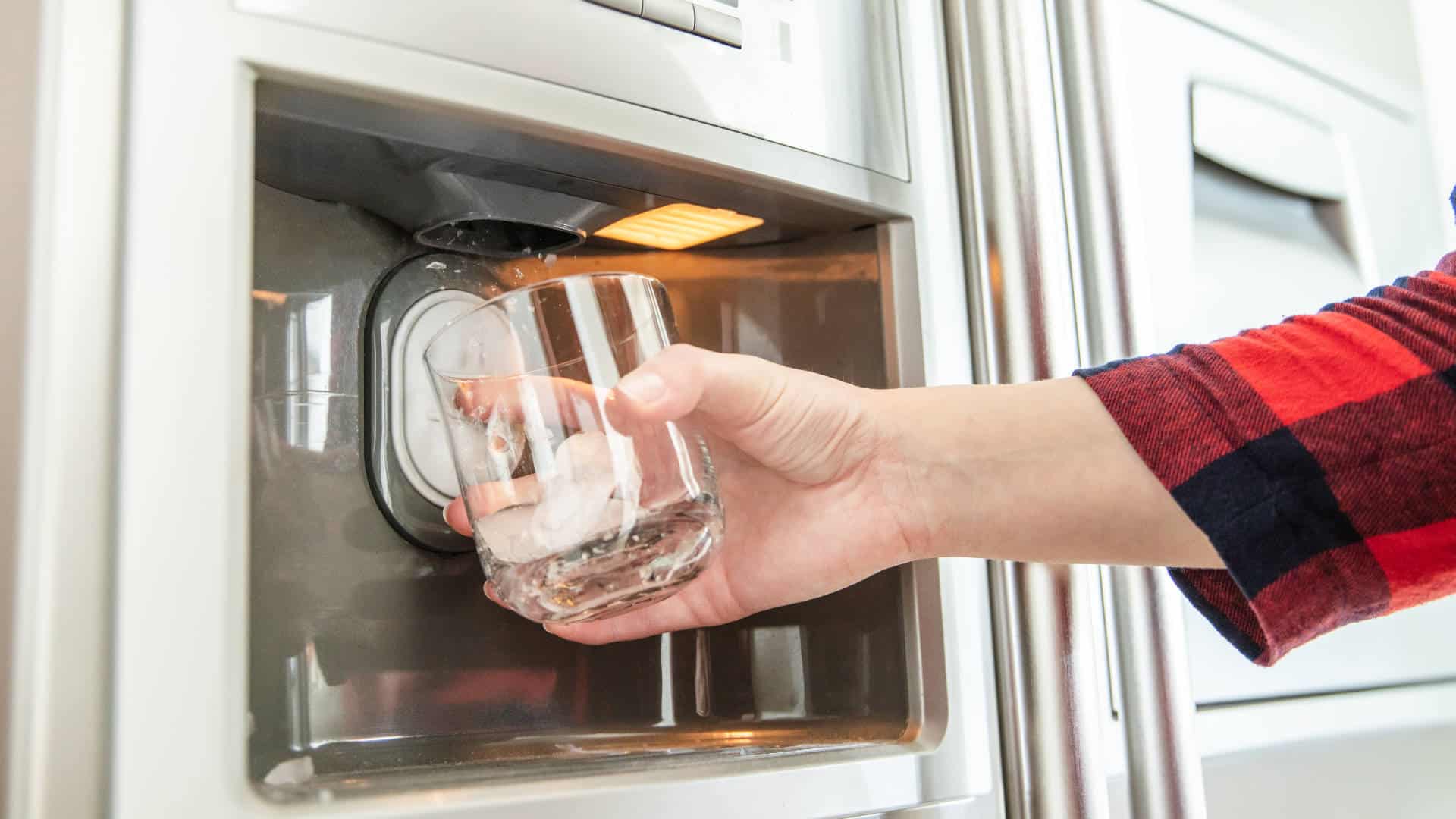


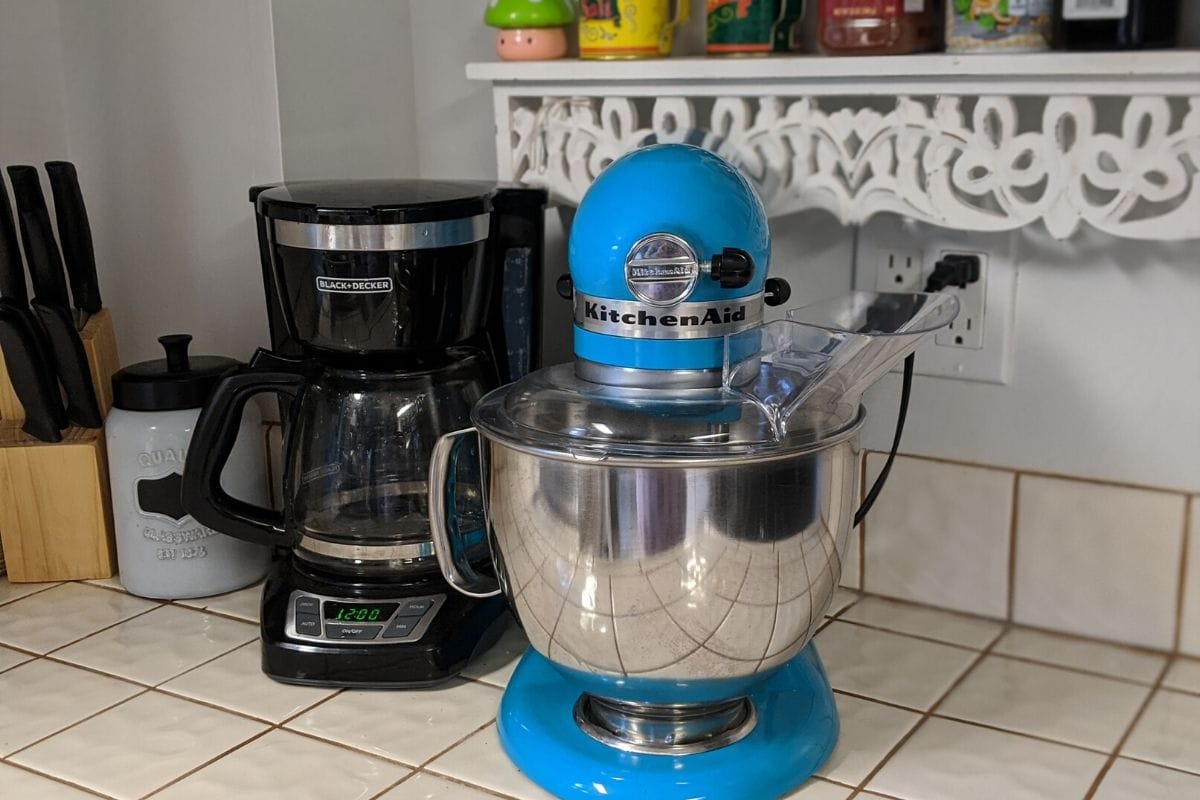

0 thoughts on “Why Is My Toilet Bowl Making Noise”